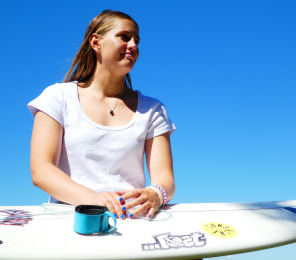Rivers around the region are being surveyed by a high-tech drone this summer, replacing traditional ground-based methods for gathering river information.
Jet skis and kayaks will also be used to collect depth soundings, which together with the drone survey, will form the most up-to-date technological data Tairāwhiti has ever had for its rivers.
Gisborne District Council community lifelines acting director Dave Hadfield said the information forms initial analysis around future flood modelling for the region.
“It’ll help show our rivers team, for example, how much a riverbed has increased in height due to excess sediment and silt from Cyclone Gabrielle.
“Surveys of awa in Tairāwhiti have been undertaken since as early as the 1950s with great care, however, compared to traditional surveying, a drone survey offers a much higher density of data points, and a digital elevation model can be created.
“This is a powerful method of analysing aggradation and erosion trends, and for computational flood modelling,” Mr Hadfield said.
“This work is being funded in part from the $64 million from central government to help Tairāwhiti with flood mitigation measures.
“If we have rivers full of silt, which increases the height of the riverbed, this changes the capacity each river has. The result is that we may see rivers reaching warning levels more frequently.
“The data will be used to build new and upgrade existing flood modelling to inform flood resilience planning.”
Using a drone means this survey work can also be done more often, as the drone can be operated in-house by trained staff and is cheaper than hiring a survey-equipped fixed-wing aircraft.
Mr Hadfield said Civil Aviation Authority (CAA) rules required permission for drones to fly over private property.
“Council staff make sure the survey drone sticks to the rivers and if there is a case where a property may have to be flown over, permission will be sought from the property owner first.”
The rivers being surveyed include the Waimatā, Taruheru and Turanganui in Gisborne city, the Waipaoa and Waikohu rivers in Te Karaka, the Ūawa River in Ūawa/Tolaga Bay, the Mangahauini River in Tokomaru Bay, and other sparsely populated rivers around this region.
Riverbed surveys will extend up into hillslopes at places such as Tarndale slip (Waipaoa catchment) and Barton’s Gully (Waiapu catchment) for analysis around erosion and how that enters rivers.
Mr Hadfield said the rivers team would use the summer months and favourable tides to collect data from rivers in our region.










